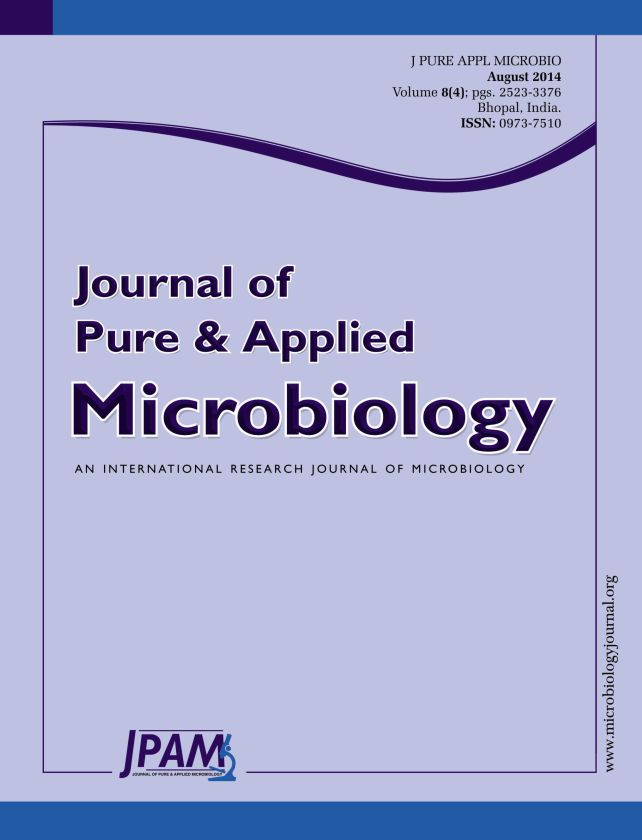The aims of this study wereto test the antibacterial activity and chemical composition of various crude extracts of garlic bulbs (Allium sativum).The extract was obtained usingorganic solvent ethanol to extractgarlic bulbs.The extract was prepared and evaluated for antimicrobial activity against sixe bacterial strains by determining minimum inhibitory concentration (MIC). The results revealed that theethanolic extract is potent in inhibiting bacterial growth of both gram-positive and gram negativebacteria. The chemical composition of Allium sativumwas analyzed by gas chromatography/mass spectroscopy (GC/MS).Results of the present study sign the interesting assurance of designing a potentially active antibacterial agent fromAllium sativum.
Antimicrobial, Allium sativum, Garlic, GC-MS
© The Author(s) 2014. Open Access. This article is distributed under the terms of the Creative Commons Attribution 4.0 International License which permits unrestricted use, sharing, distribution, and reproduction in any medium, provided you give appropriate credit to the original author(s) and the source, provide a link to the Creative Commons license, and indicate if changes were made.


